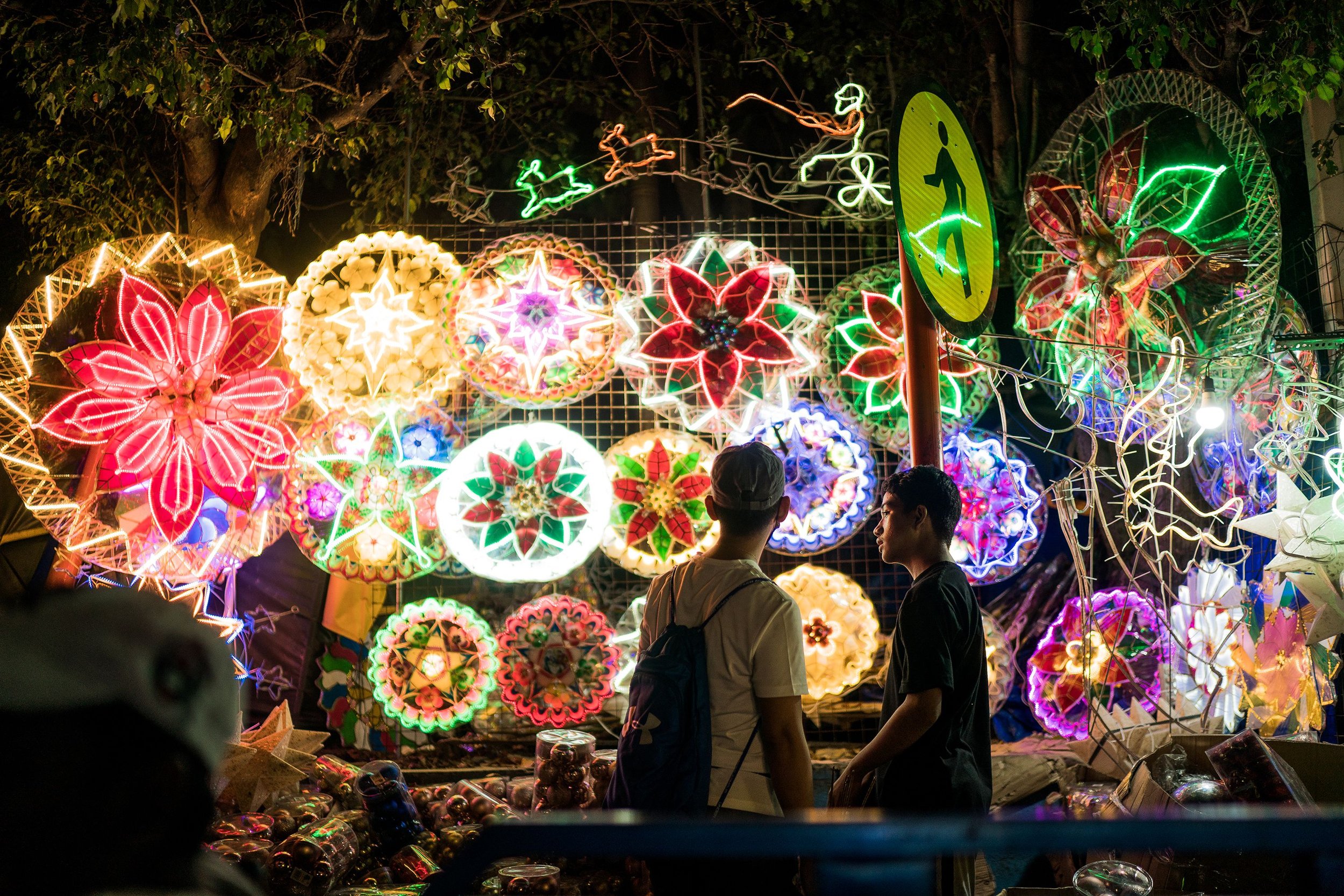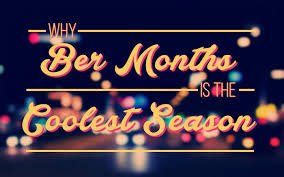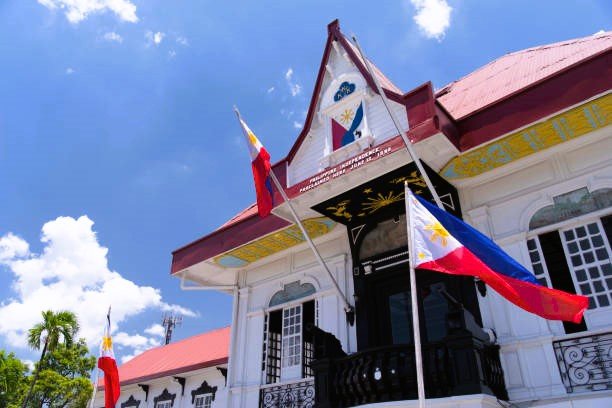How Is Christmas Celebrated In The Philippines: Christmas The Filipino Way
In the heart of the archipelago known for its warm smiles and vibrant culture, there exists a celebration that transforms the entire nation into a land of enchantment - Christmas in the Philippines. Steeped in centuries-old traditions, influenced by a rich tapestry of history, and fueled by the unwavering spirit of togetherness, Filipino Christmas is unlike any other.
In this blog, we will unravel the significance of every tradition, the warmth of Filipino hospitality, and the joy that permeates every household during this season. Through stories, customs, and the laughter of families coming together, we will discover why Christmas in the Philippines isn't just a celebration; it's a captivating tale of love, faith, and the spirit of giving.
So, buckle up and prepare to embark on a virtual odyssey through the streets adorned with lights, the aroma of Noche Buena feasts, and the heartfelt smiles of a nation celebrating the most wonderful time of the year in the most extraordinary way. Welcome to the enchanting world of Christmas in the Philippines.
Christmas in the Philippines is widely regarded as one of the most important and festive holidays. The holiday season in the Philippines usually starts as early as September and lasts until January. Here are some unique aspects of Filipino Christmas traditions:
1. Longest Christmas Celebration:
The Philippines is known for having one of the longest Christmas celebrations in the world. The holiday spirit starts as soon as the "-ber" months begin (September, October, etc.) and continues until the Feast of the Three Kings in January.
BER-months is when you will start to hear Christmas songs in cabs, malls and restaurants. Most famously, songs sung by Mr. Jose Mari Chan.
2. Simbang Gabi:
One of the most significant traditions in the Philippines is "Simbang Gabi" or "Night Mass." Filipinos attend nine consecutive early morning masses before Christmas, which starts on December 16 and ends on December 24. It's a deeply religious tradition and a way for people to show their devotion to God.
3. Parol:
Parol, or Christmas lanterns, are a symbol of Filipino Christmas. These lanterns, traditionally made of bamboo and paper, are often illuminated with lights and displayed outside homes and buildings. They symbolize the Star of Bethlehem and the Filipino people's warm hospitality.
4. Noche Buena:
Noche Buena is a grand family feast held after the midnight Mass on Christmas Eve. Families come together to share a special meal that includes traditional Filipino dishes like lechon (roasted pig), hamon (ham), queso de bola (Edam cheese), bibingka (rice cake), and puto bumbong (steamed rice cake).
5. Caroling:
Groups of children and adults go from house to house singing Christmas carols in exchange for small amounts of money or treats. This tradition, called "caroling," is a way to spread the joy of the season.
6. Belen:
Nativity scenes, locally known as "Belen," are an important decoration in Filipino homes, churches, and public places. They depict the birth of Jesus and often include figures of Mary, Joseph, the Wise Men, and various animals.
7. Gift-Giving:
Exchanging gifts is a common Filipino Christmas tradition. Families and friends exchange presents as a symbol of love and friendship during the holiday season.
8. Filipino Christmas Songs:
Traditional and modern Filipino Christmas songs, often referred to as "Paskong Pinoy" or "Pamaskong Awit," are played everywhere during the holiday season, adding to the festive atmosphere.
Jose Mari Chan is the Philippine’s Mariah Carey. His songs are classic Filipino Christmas songs and are sung and listened to by kids and adults alike.
These traditions make Filipino Christmas celebrations unique and joyful, emphasizing family, faith, and community spirit.












